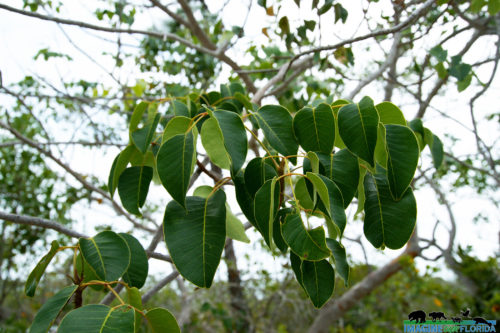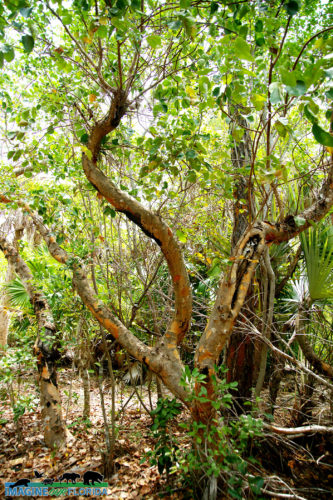Royal Poinciana
The Royal Poinciana, the flamboyant or flame tree (Delonix regia), is renowned for its stunning beauty and lush, umbrella-like canopy. Native to Madagascar, this tropical marvel thrives in warm climates, lighting up summer landscapes with dazzling blooms ranging from vivid red to fiery orange and striking yellow in some cultivars. Each flower has four spoon-shaped petals and one larger petal, often compared to an orchid’s beauty.
This deciduous tree is perfect for creating dappled shade in USDA hardiness zones 9b–11. Royal Poinciana is a visual delight and a natural sunshade during the hottest months. It has a mature height of about 40 feet and a canopy that can spread to 60 feet. Once established, it’s highly tolerant of drought and salt, making it a resilient choice for many landscapes.








Recent Comments